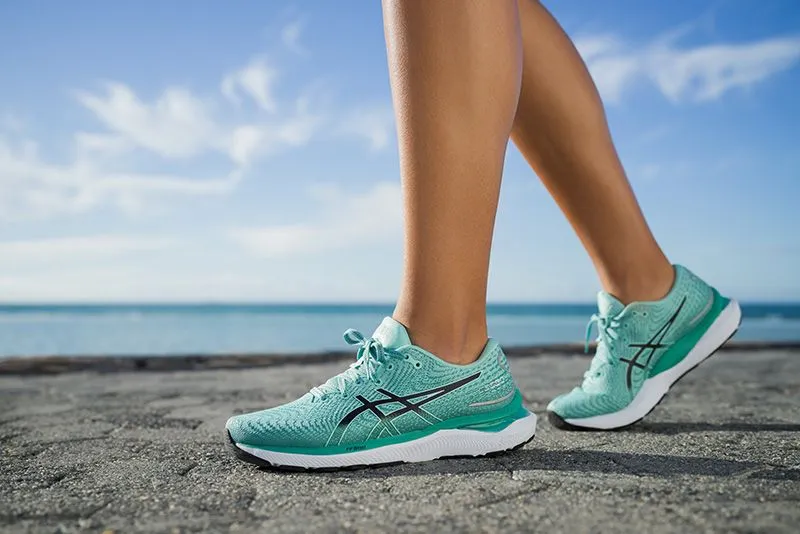
How to Choose Running Shoes?
October 13, 2021
Learn from our experts about the different types of ASICS running shoes and decide which is the best for you based on your running style.
Need help finding your perfect shoe?
Let's find the shoes made for you in four easy steps.
Clifton Bradeley, specialist musculoskeletal sports podiatrist and advisor to the ASICS Running Clinics, gives us his advice for choosing the right running shoe.
"Trying to find the right running shoe for your needs can make you feel bewildered and confused, especially when you see so many different types. Buying the wrong running shoes can leave you unprotected, increase the risk of injury and lead to wasted money, too.
“That’s why I have decided to take the mystery out of choosing the right running shoes by explaining what some of the terminology you’re likely to encounter means."
This category of running shoes is our most supportive and is designed to slow down excessive pronation. Stability running shoes combine technologies such as ASICS DUOMAX ™ and TRUSSTICS™ with wider platforms to deliver the maximum level of support and guidance while slowing down excessive pronation.
Stability running shoes include features such as medial posts, which are higher density materials on the inner side of the midsole to stop it from collapsing as the heel everts onto it. Stability running shoes also tend to have a firmer rubber outer sole for durability and are built on a straight or semi-curved last (mould), which has a slight curve inward at the insole. That provides increased ground contact and stability while offering unbeatable guidance through the running gait.
Generally cushioned running shoes have no stability or support features. However, cushioned shoes from ASICS include our signature lightweight FLYTEFOAM™ technology. FLYTEFOAM™ is also used in our stability shoes as it provides a firm bounce and energy return along with excellent cushioning and comfort.
ASICS cushioning (neutral) running shoes are built on a curved or semi-curved last to encourage faster movement while flowing perfectly with your gait cycle. That makes them a natural fit for neutral foot types.

How to choose the right running shoe for your gait
Your running gait is the way your feet behave when you run. This is another important step in choosing the right running shoes, as each shoe type best accommodates a different gait.
There are three different types of running gait:
- Overpronation
When someone overpronates, their heel strikes the ground first making the foot roll inward excessively because their ankle does not have the ability to stabilise properly. This is typically associated with someone with a flat foot or a very low arch. The right running shoes for overpronators, like the GEL-KAYANO™ series , tend to provide lots of stability.
- Neutral
In someone with a neutral gait, the middle or outward part of the heel strikes the ground first and the foot rolls inward slightly to absorb the shock. Neutral cushioning shoes like the ASICS GEL-NIMBUS™ tend to be the best choice for this type of gait.
- Underpronation (supination)
Underpronation or supination is the least common gait type. It occurs when a runner strikes the ground with the outside of their heel first and stays on the outside of their foot through the entire footstrike. Underpronators are best served with a neutral/cushioning shoe like the GEL-CUMULUS™ .
If you need guidance on choosing the right running shoe, then take a look at our guide to understanding pronation , read about how to choose your first pair of running shoes or let the ASICS Shoe Finder do the work for you.
